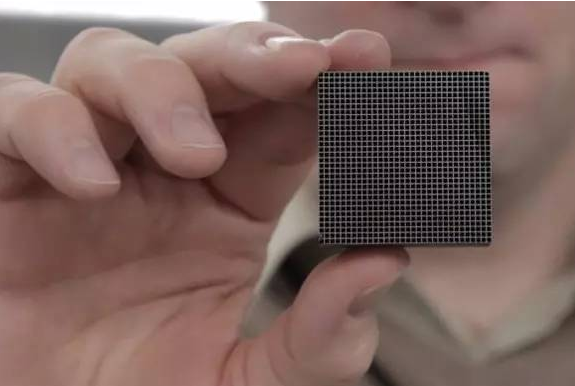The aerospace manufacturing sector is the “main battlefield†of GE's additive manufacturing technology. After launching the 3D printing project for aircraft engine fuel nozzles more than a decade ago, GE gradually rolled out its growth through the acquisition and establishment of an internal additive manufacturing center. The layout of the material manufacturing. On the one hand, GE embarked on a new journey in the aviation business, such as launching an additive manufacturing project for the new turboprop engine and manufacturing optimized engine components through 3D printing.
On the other hand, GE began mining new 3D printing applications in other business sectors such as power, energy, and medical . For example, in the energy business, GE opened a 3D printing parts production line at the Italian oil and gas plant to produce gas turbine combustor parts. . The 3D printing know-how that GE has accumulated has also played a role in the field of medical device manufacturing.
Improve performance & shorten manufacturing cycle
3D printing metal parts
GE's advanced manufacturing and engineering center in Waukesha, USA, provides support for 3D printing of medical device parts for GE's 70 plants worldwide. GE Healthcare hopes to use 3D printing technology to create better-performing medical imaging equipment components and shorten the manufacturing cycle of these complex components.
GE Healthcare began using metal 3D printing technology in 2013. After two years, in 2015, the first metal 3D printing component, the tungsten metal collimator, was manufactured. The collimator is an optical component in X-ray and CT equipment that filters out signal noise and maintains a clear image for the imaging device.

The GE alignment controller was optimized. The original collimator consisted of hundreds of parts. After several design iterations, the number of parts of the collimator was finally reduced to two. During the iterative design of the collimator, GE engineers quickly fabricated prototypes of collimators using metal 3D printing equipment, and proposed design optimizations based on prototypes, followed by rapid iterations of the product. In the fastest case, a collimator design iteration can be performed within a week.
GE Healthcare uses metal 3D printing equipment to create a design-optimized collimator that reduces total production costs by 40%. In the conventional manufacturing method, hundreds of parts in the collimator were sent out to an external service provider for manufacture, and then assembled.
Alcohol Spray,Spray Hand Sanitizer,Hand Sanitizer Alcohol,Hand Sanitizer Liquid
Wuxi Keni Daily Cosmetics Co.,Ltd , https://www.wxkenidaily.com